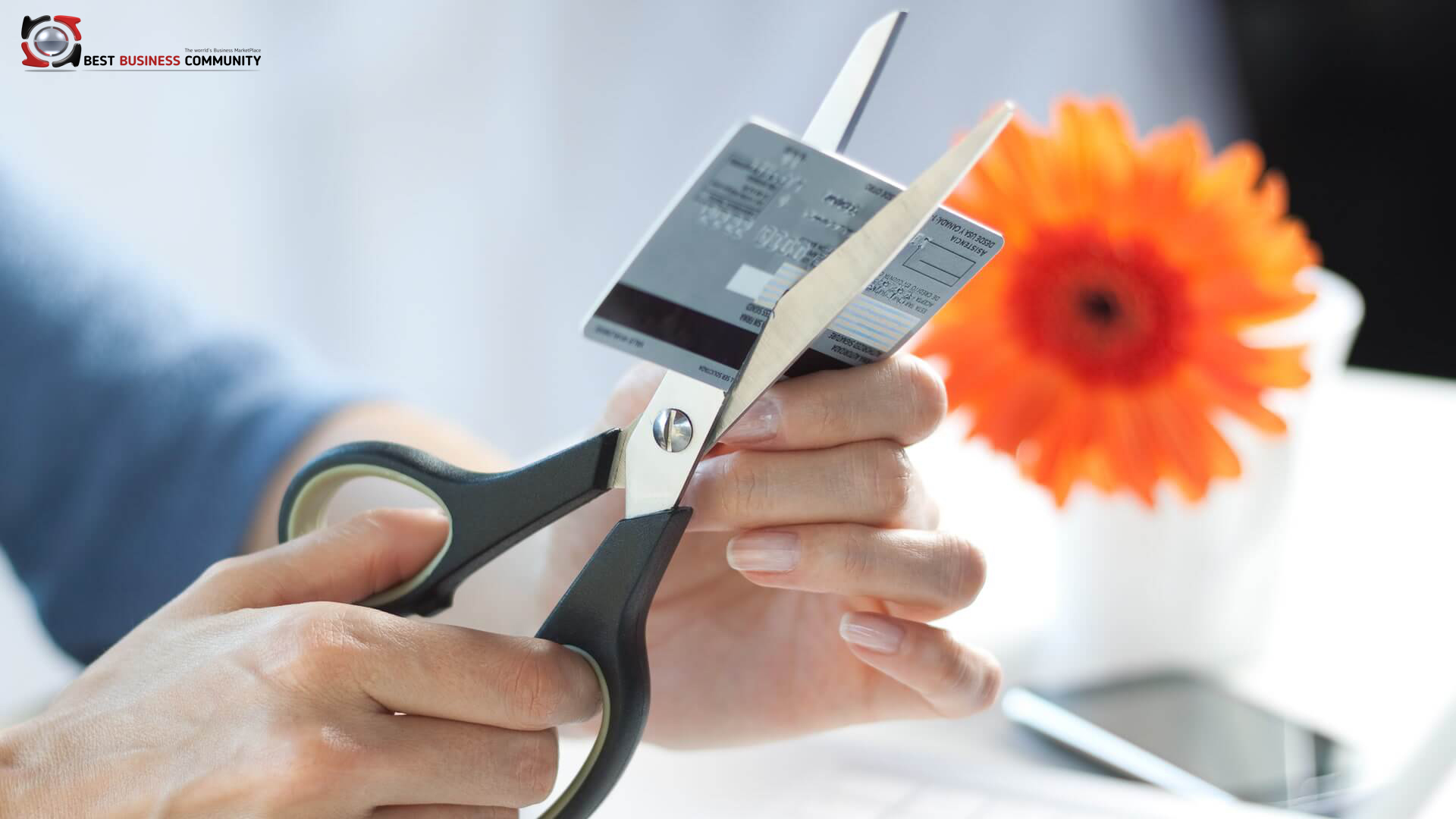Why to calculate Bad Debt Expense of year?
All businessmen/ businesswomen must have to calculate their Bad Debt Expense to know their loss or profit of the year. One of factors that business account in calculating their earnings is portion of their collectibles that will not be paid.
This number for a company is call bad debt expense. For every dollar that a company is owe, they must estimate an amount that will not be collected. This could be for a variety of reasons. In many businesses, their customers are other businesses. A supplier might sell an item that they manufacture to a retailer. But if that retailer goes out of business before paying off their obligations, their debt to supplier never paid. If your customer is individual consumer, factors such as loss of employment or bankruptcy might make debt impossible to collect. So it is very important to keep the record of them.
How to calculate?
Companies account for bad debt by estimating amount of their outstanding receivables that will be uncollectible in each accounting period. Bad debt is consider an expense when it comes to generally accepted accounting principles, thus reducing net income. There are consequences for both business and consumers when it comes to bad debt expense. There are steps that a company can take to reduce that amount of debt that goes uncollected. Companies have the right to dictate the terms of the credit they extend. Being flexible in giving consumers long period of time to pay their account balance may nice from customer relations standpoint. But it can lead to headaches for the accounting department as cash flows stall and bad debt piles up. Tightening credit terms so that debts must be paid in shorter time can help company determine which receivables go uncollected.

Keep aware of unconfident consumers:
It also could scare away consumers that aren’t confident in their ability to pay on time. These are consumers that you probably don’t want owing you money in the first place. A cost of bad debt expense for consumers is that even good borrowers might be ask to adhere to strict credit terms. It is because to the few bad borrowers who fail to pay. One of challenges of accounting for bad debt expense is when obligation is truly bad debt instead of just late. A company needs to clearly define the circumstances in which bad debt will be written off the books. It is also to develop a plan for seeking to collect on the debts that remain in place on the books. A company also needs to decide how they will qualify borrowers. Debts that appear to be bad, it’s possible to sell these receivables to outside companies.
This business is known as factoring, and items done by bundling portion of accounts receivable and selling them at discount. It will work to collect them all. Bad debt expense is an unfortunate cost of doing business. But taking steps to keep exposure low can increase profitability for a company.

